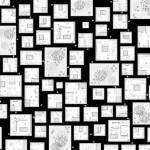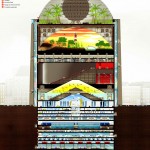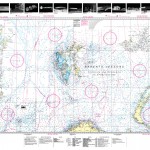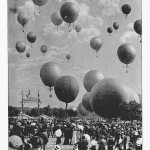Back to Socks from Rome and the lecture!
We remember, from our time as students at the architecture school, a typical lecture in “Descriptive Geometry”, on the perspective restitution of Velazquez’s “Las Meniñas“. From the supposed, (historically established), height of a single stair’s step we were able to derive a whole plan and section with the proper positions of the characters and the real point of view of the scene. The science of representation was in a mutual dialogue with artistic historiography.
Lately a lot of collective effort has been focused on the reconstruction of the scenario of Hitchcock’s classic Rear Window, bringing to light the architecture behind the hidden secrets of a demanding plot.
Marialuisa Pacini was able to build a set model for a an adaptation of the drama in modern London.






Jeff Desom used modern video editing tools for dissecting the film and stitching back together. What he obtained was a single panoramic view of the entire backyard.






Here’s the video and some scene of his READ WINDOW Loop 2011 installation:
The “Wrong House, The Architecture of Alfred Hitchcock” provides a plan and section of the Jeffries apartment complex:



Things Magazine, from which this post is inspired, informs us that this movie features “diegetic cinematography”. This is the case of movies whose denotative narrative material does not include only the narration itself , but also the fictional space and time dimension implied by the narrative. See Wikipedia.
Rhizome.org voice on “diegetic cinematography” features an analisys of the recent movie Chronicle and opens the speculation to uncharted territories, questioning the relationship between truth and representation, violence and entertainment : “Unlike Carrie, which was made for a generation that grew up watching the Vietnam War unfold in one hour nightly episodes, Chronicle was made by, and for, the generation who was sitting in home room when the World Trade Center was attacked. And more than the content, the way Chronicle was filmed reflects psycho-social terror of that experience.”





Out My Back Window Of My Studio
[…] real point of view of the scene. The science of representation was in a mutual […]